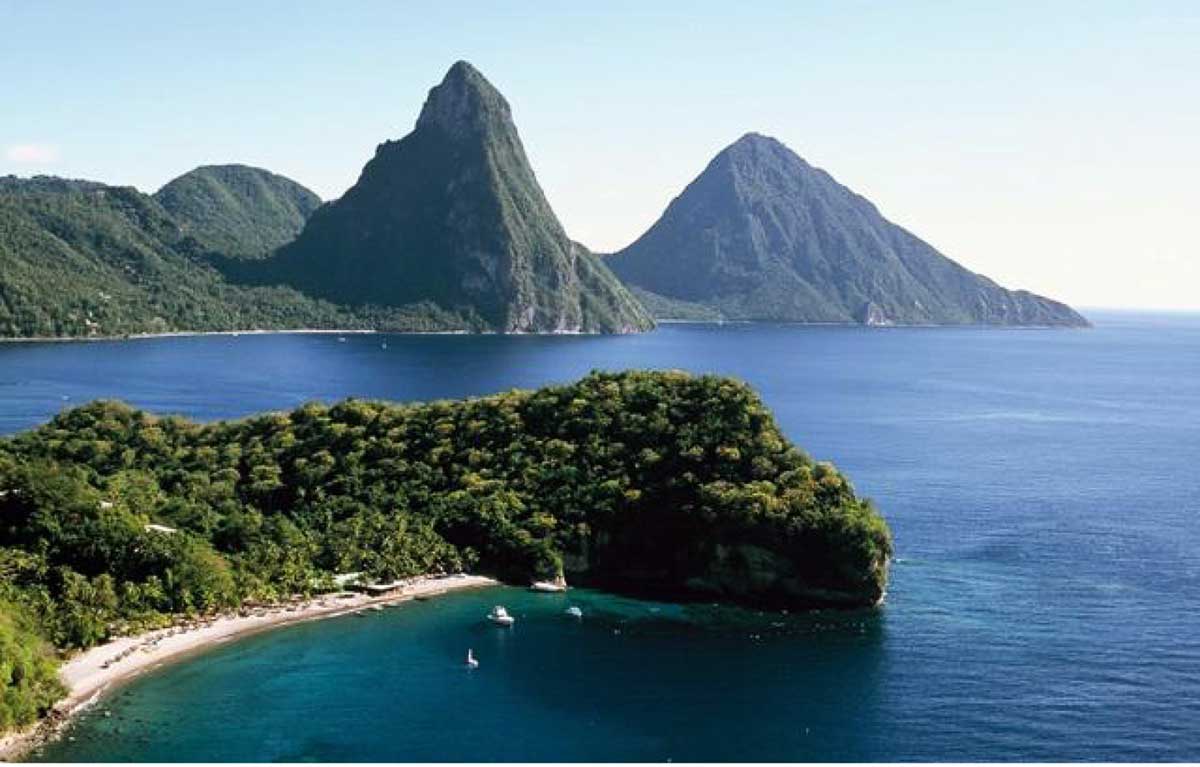
The Piton Management Area is on course to be recognised as an Environmentally Protected Area in Saint Lucia.
In light of this latest development, the Ministry of Physical Planning disclosed that the department will undertake a series of public consultations across the island, with particular focus on the Soufriere community. The Ministry of Physical Development is seeking to officially designate the Piton Management Area as an Environmental Protection Area.
According to Chief Physical Planning Officer Karen Augustin, the project will entail more than just mere words being uttered, but a comprehensive campaign will be undertaken.
She says legislation is key in this process for preservation of the site.
“And for that, we have decided to have it legally binding that it would be an Environmentally Protected Area under the Physical Planning and Development Act,” said Augustin, who is also the DCA’s Executive Secretary.
“So, to facilitate this initiative we are undertaking a series of pubic sensitisation activities, whereby we will engage the public and explain to them what that generally means,” she added.
Basically, an Environmental Protection Area is an area consisting of features which require preservation, not only for the present, but for future generations.
According to Augustin, the prerequisites for the site will entail, having it, “Preserved in its appearance, preserved in its natural ability to provide a sense of ownership as a country. So, in having that protection done, we are letting the world know and we are letting Saint Lucians know that this area is special. This area is unique, this area has certain qualities that we need to preserve.”
The Piton Management Area was designated a UNESCO World Heritage Site during the 28th session of the World Heritage Committee in 2004.
And now, 20 years later, with plans afoot to officially designate the site as an Environmental Protection Area, the question is: Was the proverbial cart put before the horse?
While admitting there might have been deficiencies in the procedure for preservation of the site, Augustin says: “We need to now step back, examine our situation and put things right. We need to preserve it for us, before we can preserve it for our World Heritage recognition.
“And since we recognized that we may have fallen short, we need to step up and do the right thing.”
According to the stakeholders, there are currently measures in place to monitor processes, provisions and penalties regarding the handling of developments that have not met the requirements under the Physical Planning and Development Act.
The new amendments to the legislation will include additional protection for the Pitons, in order to avert illegal or unplanned development in the designated area or preserve it in its natural state as much as possible. Focus will also be directed at the Sulphur Springs operations.
“To sensitize the general public to this activity, we have planned to undertake a series of public sensitisation drives, in Soufriere, as well as, nationally about the provisions of that legislation,” Augustin explained.
Noting that “public engagements” will be disseminated on radio and television, the DCA’s Executive Secretary commented: “We are inviting all stakeholders to participate in this exercise, so that you too can be aware of your contribution in preserving this area for your children,” she added.
There are other areas on Saint Lucia that have been designated an Environmental Protection Area; including Point Sables in Vieux Fort.
The Department of Physical Planning is currently collaborating with the Ministry of Sustainable Development to identify other areas which require Environmental Protection status.













